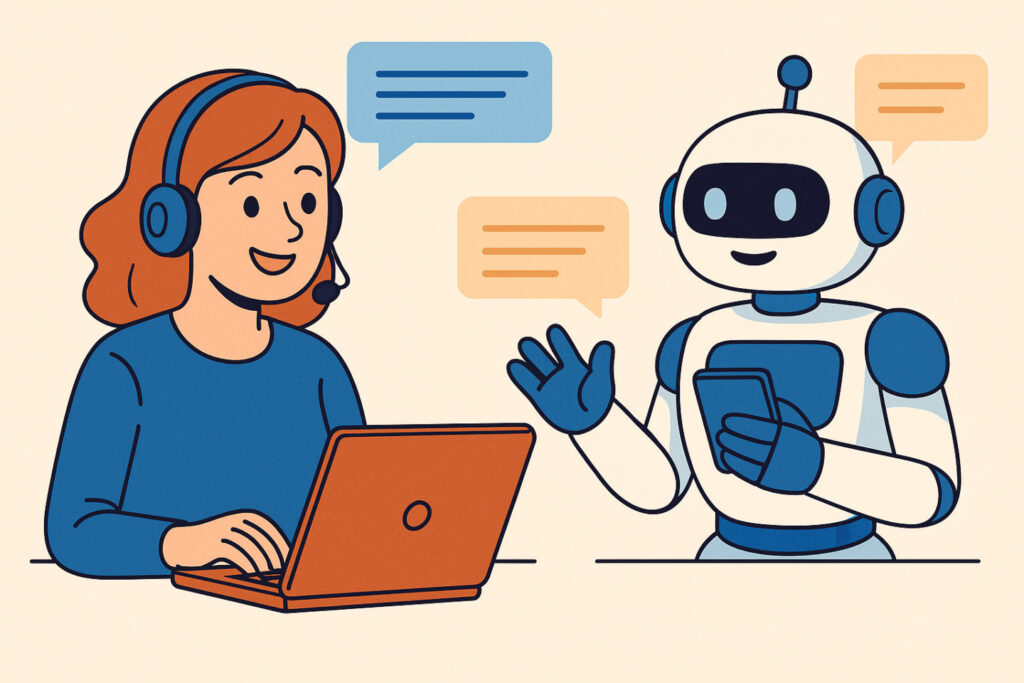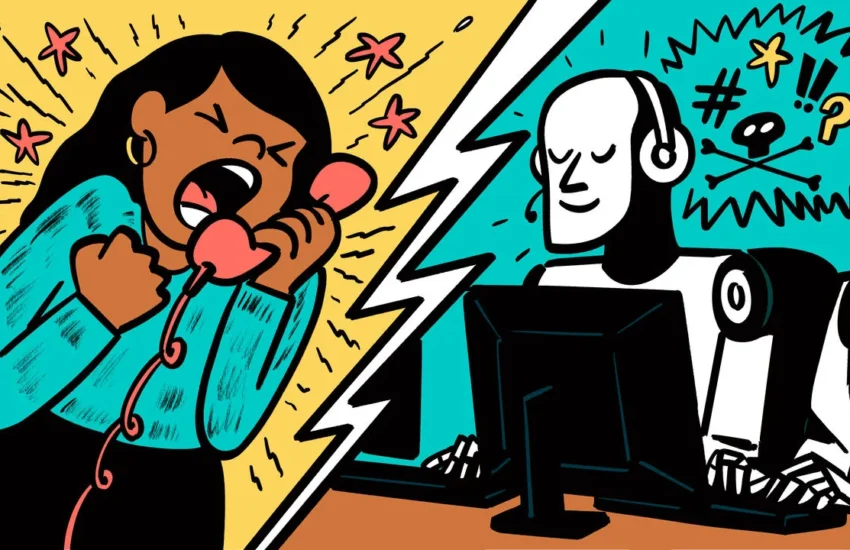Why Are Customers Frustrated with AI Customer Service?
Introduction: The AI Customer Service Revolution Isn’t All Sunshine
In the race to automate everything, many businesses have turned to AI customer service agents to reduce costs and provide 24/7 support. But here’s the irony — customers are growing more frustrated than ever.
The very systems meant to streamline service are often driving customers away.
This post dives deep into the frustration behind AI customer service, exploring what’s going wrong and how companies can pivot to deliver truly supportive experiences — without losing the human touch.
Why AI Customer Service Frustrates Users
1. Lack of Human Empathy
Unlike human agents, AI tools often fail to detect tone, urgency, or emotional nuance. A customer in distress expects compassion — not a cold, canned reply.
A Salesforce study found 68% of customers expect empathy from service agents, but AI often misses that mark.
2. Rigid, Scripted Responses
AI service agents are only as good as their programming. When queries fall outside pre-set logic, bots loop the user back through unhelpful responses, triggering annoyance and abandonment.
3. Difficult to Escalate to a Human
One of the top reasons for frustration? Being trapped in an AI loop. Many bots don’t provide an option to speak with a human, or worse, they hide it behind complex navigation.
4. Poor Understanding of Context
Most AI bots still struggle with natural language understanding. When a customer makes a compound or non-standard query, the bot often misinterprets it, offering unrelated solutions.
5. Overpromising, Under-Delivering
Companies often market their AI tools as “intelligent” or “human-like.” But when users experience the reality — confusion, long wait times, or zero resolution — the trust gap widens.

The Data Behind Customer Dissatisfaction
According to PwC, 59% of consumers feel companies have lost touch with the human element of customer experience due to automation. Another Zendesk report shows that 42% of customers feel more frustrated after interacting with an AI chatbot than before.
These stats reveal that AI service agents may be hurting customer retention — and your brand reputation — if not used carefully.
When AI Works: Balancing Automation and Empathy
1. Great for Repetitive, Simple Queries
AI thrives in predictable environments. When customers need basic info — like “track my order” or “reset password” — bots are fast, reliable, and efficient.
2. Works Best as a Hybrid Model
Smart companies are using a hybrid approach, where AI handles FAQs and routes complex issues to trained human agents. This ensures speed and satisfaction.
How Your Business Can Fix It
1. Use AI to Support, Not Replace
AI should be the first layer, not the only layer. Empower bots to collect user data, then hand it off to a live agent who can resolve issues with empathy and expertise.
2. Make Human Escalation Easy
Always offer an obvious option to connect with a human, especially for emotional, complex, or billing-related concerns.
3. Train AI with Customer Feedback
Incorporate real-world customer queries and complaints into your bot’s learning model. The more relevant the training data, the more helpful your AI becomes.
4. Prioritize Transparency
Let customers know upfront they’re talking to an AI — and clearly communicate what it can and can’t do. Honesty builds trust.
5. Monitor and Improve Continuously
Use metrics like resolution time, satisfaction scores, and drop-off points to refine your AI’s performance weekly — not yearly.
How AI Frustration Affects Brand Loyalty
A bad customer service experience often means lost revenue. In fact, 33% of consumers say they would switch companies after a single poor interaction, especially one involving unhelpful AI.
Your brand could be losing customers not because of bad products, but because of robotic service.
Learn more about improving digital customer engagement on our Marketing Strategy Page.
Tools That Get It Right
Here are examples of platforms using AI effectively in customer service:
- Intercom: Offers smart routing between bot and human.
- Zendesk AI: Customizes responses based on ticket history and user profile.
- Drift: AI learns from each interaction and adjusts future replies.
These tools show that intelligent AI + strategic integration = satisfied customers.
Final Thoughts — Don’t Let Bots Break the Bond
AI customer service isn’t inherently bad — but poorly implemented bots can erode trust faster than they solve problems.
The key is to use automation as a support tool, not a wall between your brand and your customers.
Give your customers what they want: fast answers, human empathy, and a clear way to get help when needed.
🔵 Let Us Help You Improve Your Customer Experience
Book a free strategy call with Success Media Market today and discover how to balance AI and human support for optimal brand loyalty.
FAQ – AI Customer Service Frustration
Q1. Why do customers hate talking to AI bots?
Most bots lack empathy, context, and real conversation skills — leading to repetitive and irrelevant answers.
Q2. How can businesses make AI more helpful in customer service?
By using AI for simple tasks, enabling easy escalation to humans, and continuously training the system with real feedback.
Q3. Are AI agents better than human agents?
They’re faster with repetitive queries but can’t match human agents in understanding emotion or solving complex problems.
Q4. Should companies completely remove AI from customer support?
Not necessarily. AI is useful when used wisely — especially when it supports and doesn’t replace human service.
Q5. How does poor AI service affect brand reputation?
Negative interactions with bots can reduce trust, increase churn, and damage long-term brand loyalty.

